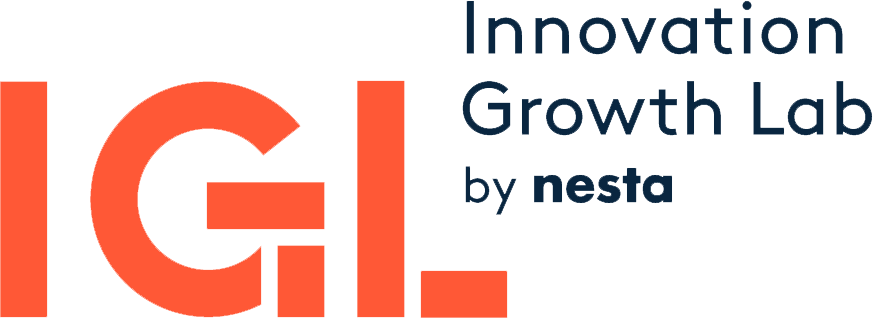Interference across competing firms in RCTs can be informative about market structure. An experiment that subsidizes a random subset of traders who buy cocoa from farmers in Sierra Leone illustrates this idea. Interpreting treatment-control differences in prices and quantities purchased from farmers through a model of Cournot competition reveals differentiation between traders is low. Combining this result with quasi-experimental variation in world prices shows that the number of traders competing is 50 percent higher than the number operating in a village. Own-price and cross-price supply elasticities are high. Farmers face a competitive market in this first stage of the value chain.
